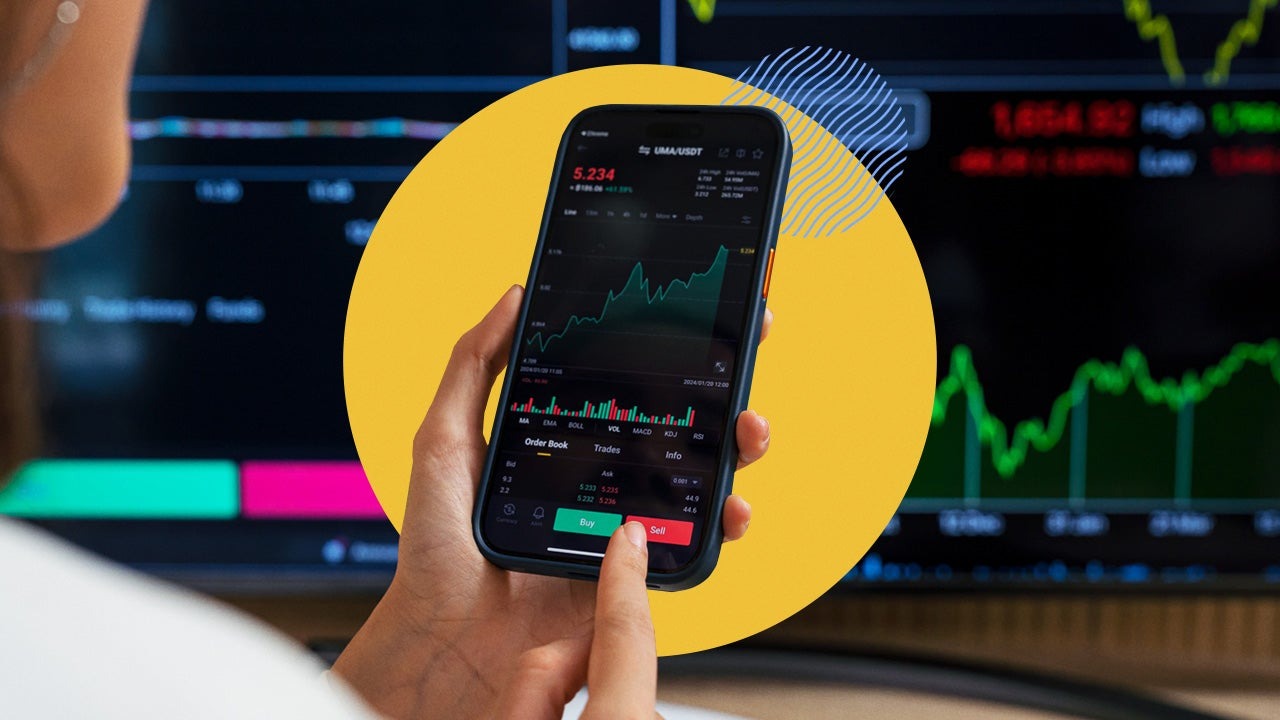Trading isn't about getting rich quickly—it's a skill that requires education, discipline, and emotional control. Here's how to develop the right foundation:

1. Risk Management First
-
Never risk more than 1-2% of your capital on a single trade
-
Always set stop-loss orders before entering a position
-
Use proper position sizing to survive losing streaks
2. Develop a Clear Trading Plan
-
Define your strategy (swing trading, day trading, etc.)
-
Identify your edge (technical patterns, fundamentals, etc.)
-
Set rules for entries, exits, and trade management
3. Master Your Psychology
-
Treat trading like a business, not gambling
-
Keep a trading journal to analyze mistakes
-
Learn to accept losses as part of the process
4. Focus on Quality Over Quantity
-
Wait for your ideal setups instead of forcing trades
-
Avoid overtrading—more activity doesn't mean more profit
-
Be patient with winners and quick with losers
5. Continuously Educate Yourself
-
Study price action and market structure
-
Backtest strategies before using real money
-
Stay updated on economic events that move markets
6. Start Small and Scale Gradually
-
Begin with a demo account to practice
-
Move to small live positions once consistent
-
Only increase size after proving profitability
Key Insight: The difference between successful and failed traders isn't the indicators they use—it's their ability to follow rules, manage risk, and control emotions. Focus on process over profits, and the results will follow.
Final Advice: Trading success takes years, not weeks. Measure progress in months, stay disciplined during drawdowns, and remember that preserving capital is more important than chasing gains. The market will always be there—your job is to stay in the game long enough to master it.



